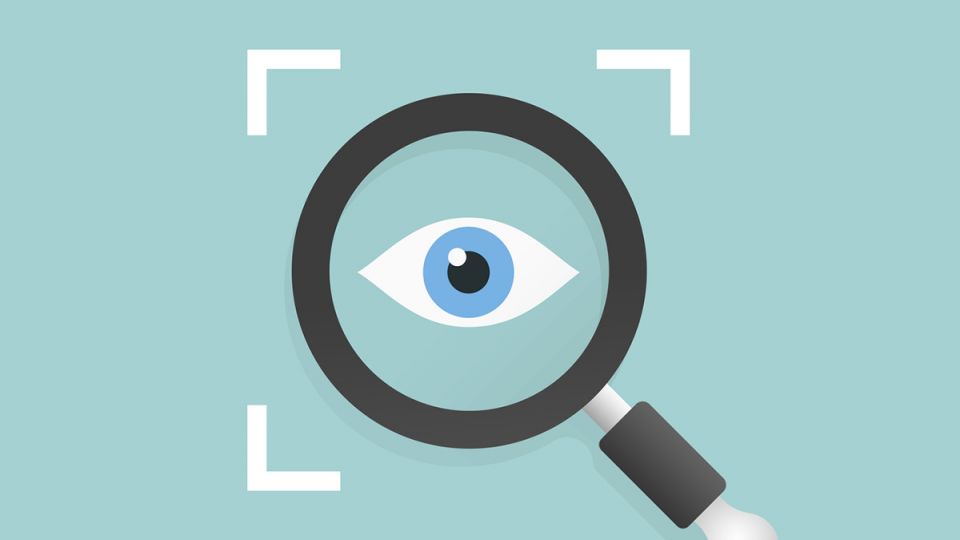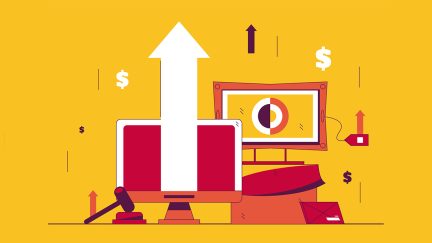Get more! Sign up for PLANSPONSOR newsletters.
Retirement Planning Needs of Private- and Public-Sector Employees More Similar Than Different
There has been a general perception in this country that public-sector, or government, employees have more generous retirement benefits than employees in the private sector and, thus, do not face the savings and planning needs private-sector employees do.
However, Mike Sanders, principal at Cammack Retirement Group, says there are many similarities in retirement planning needs for private-sector and public-sector employees. Still, there are some differences his firm focuses on when dealing with the two types of plans.
When the firm is working with a public plan sponsor, such as a city or state, it emphasizes that retirement planning should consider the differences in jobs, Sanders says. “For example, first responders tend to retire much earlier than other public-sector employees or those in the private sector. On average, they retire around age 55,” he says. “They need education about early retirement and possibly having a second career. They should be prepared for more time without the same level of income coming in. They need to save more and invest better because of the additional risk.”
Sanders says public employees tend to have a much longer tenure with employers than private-sector employees, and that allows public plan sponsors to gather better data about all sources of savings and compensation trends. Public employees are more likely to have access to a defined benefit (DB) plan, but he warns that public DB plans have been going through changes. “Some are starting to move to a hybrid plan. We’ve helped launch two of those with large public employers over the past two years,” he says. “New employees are not getting the same benefits they have in mind from what their parent public employee had.”
It’s important to show public employees how to supplement their DB plans. “Higher education 403(b) programs in which employees get 10% to 12% of their compensation put in a year is the closest thing to having a public DB plan,” Sanders notes.
In states where public-sector employees have a DB plan and get Social Security, they might only need to replace about 4% more of their income in retirement, so plans such as 403(b)s and 457s are truly supplemental, Sanders says. However, not all public employees get Social Security.
“You have to look at every employer’s benefits and determine employee planning needs. It’s different for each group,” he says.
From a knowledge standpoint, public employees have a very similar base, Sanders says. The exception, he says, is police and firefighters; “I find they have a very high financial acumen.” But, overall, public employees need to understand basic finance and why retirement is important, he says.
In the private sector, where the majority of companies do not offer a DB plan, there have been discussions for years about adding lifetime income options or annuities into defined contribution (DC) plans, so, upon retirement, participants can annuitize and get a DB-like income stream, Sanders notes. “Annuities often can deliver fantastic results,” he says.
“Still, there is a large proponent of people who, if not properly educated, will go into retirement and look at an annuity and look at the large amount saved and make a poor decision,” he continues. This is why working with a financial adviser would be helpful. However, Sanders says, many workers might not feel comfortable or even know how to reach out to an adviser.
“We still don’t know how to overcome people being uncomfortable with handing a large amount of assets over to an annuity provider,” Sanders says. “But that’s the next thing to happen for our industry.”
Consider Health Care Costs
Health expenses should also be considered in retirement planning, Sanders suggests, no matter if a retiree is a public-sector or a private-sector employee.
“Even if a person gets retiree health benefits, it’s important for them to know the costs and what benefits they are getting,” he says. “More education about costs is needed for private-sector employees. And, some studies say, those who are healthy will have more health expenses in retirement because they’ll live longer.”
The things people don’t think about or don’t talk about ultimately results in hidden costs, Sanders says.
There has been a long trend of retiree health benefits going away in the private sector, says John Barkett, senior director of policy affairs at Willis Towers Watson. “It’s stabilizing now. Around 25% of private-sector companies still offer retiree health benefits, but, 30 years ago, 50% to 65% were,” he says. “In general, public-sector employers continue to provide retiree health benefits at a higher rate than in the private sector—between 60% and 80% do.”
However, Barkett says, while public-sector benefits in general are stickier, there are factors that could be creating conditions that might change retiree health benefits. “Combined with GASB [Government Accounting Standards Board] rules for more transparency about other post-employment benefits [OPEBs], there are a couple of things that could drive employers to look for new options—the threat of declining financial health of employers or governments and the threat of lawsuits if benefits are changed,” he explains.
And public employees aren’t the only ones who might see retiree health benefit changes. Some courts have ruled that health benefits private-sector employees thought were for life are not, Barkett says. Add that potential change to the cost of health care getting more expensive, and it shows all employees need to plan for health care costs in retirement.
“I start discussions with employees reminding them what the costs are,” Barkett says. “Medicare is not as generous as people think and it does have premiums.” He explains that even with Medicare, individuals are still on the hook for about 20% of costs unless they buy supplemental insurance. “They get no drug coverage without purchasing a separate drug plan, and the Part B premium is around $120 to $140 a month. So, they’re looking at $1,300 a year in Part B premiums, and potentially more costs if buy they buy a supplemental plan,” Barkett notes. “With Medicare premiums, individuals are looking at $5,000 a year before any cost sharing. That’s a huge chunk of a retiree’s budget, so planning for this is important.”
Barkett says using a health savings account (HSA) is a good idea for both private- and public-sector employees. “It really makes sense to try to save for health costs in retirement using those accounts because of their triple tax advantage. It’s the most tax-efficient vehicle for saving for retirement,” he says. “The challenge people have is they might need their HSA accounts to pay for care in the present. Or do they have enough money to put into an HSA? Not everyone’s situation is the same.”
If an employee does have a retiree health benefit, he might need to save less; however, Barkett says planning needs are still the same. “Health costs continue to increase, and public-sector employers have changed how they offer health benefits to retirees,” he says. “Anyone relying on retiree health benefits to cover costs hopes they can rely on it, but they should be prepared. Some public employers have capped how much they contribute to premiums or have implemented different eligibility requirements. The fact that those changes have been made implies similar changes can happen in the future.”
Barkett adds that employees should remember there will be health care costs that aren’t included in retiree benefits—such as hearing aids, for example. So it is still a good idea to save for such items.
Having savings in an HSA is valuable if retiree benefits don’t cover everything or if they change. Barkett notes that once an HSA-holder reaches age 65, he can use the money in the account for non-medical related items, and it is taxed as ordinary income. “So, if retiree health care covers health costs and you have to use your HSA for other things, that’s not the worst situation to be in,” he says.
Sanders says public and private employees differ when it comes to the adoption of technology, such as mobile applications—which could be helpful for retirement expense calculations and planning.
“There’s more adoption in the private sector than in the public sector. It comes from long tenures in employment. Public sector employees may not have gone through job changes and had to adapt to technology for benefits enrollment and education,” he says. “However, tech use may become more aligned because of COVID-19.”







